Hummingbirds, one of the best pollinating agents, are divine little creatures.
Various flowers - annuals, perennials, and even evergreen ones abound that attract hummingbirds, but some do so more effortlessly than others.
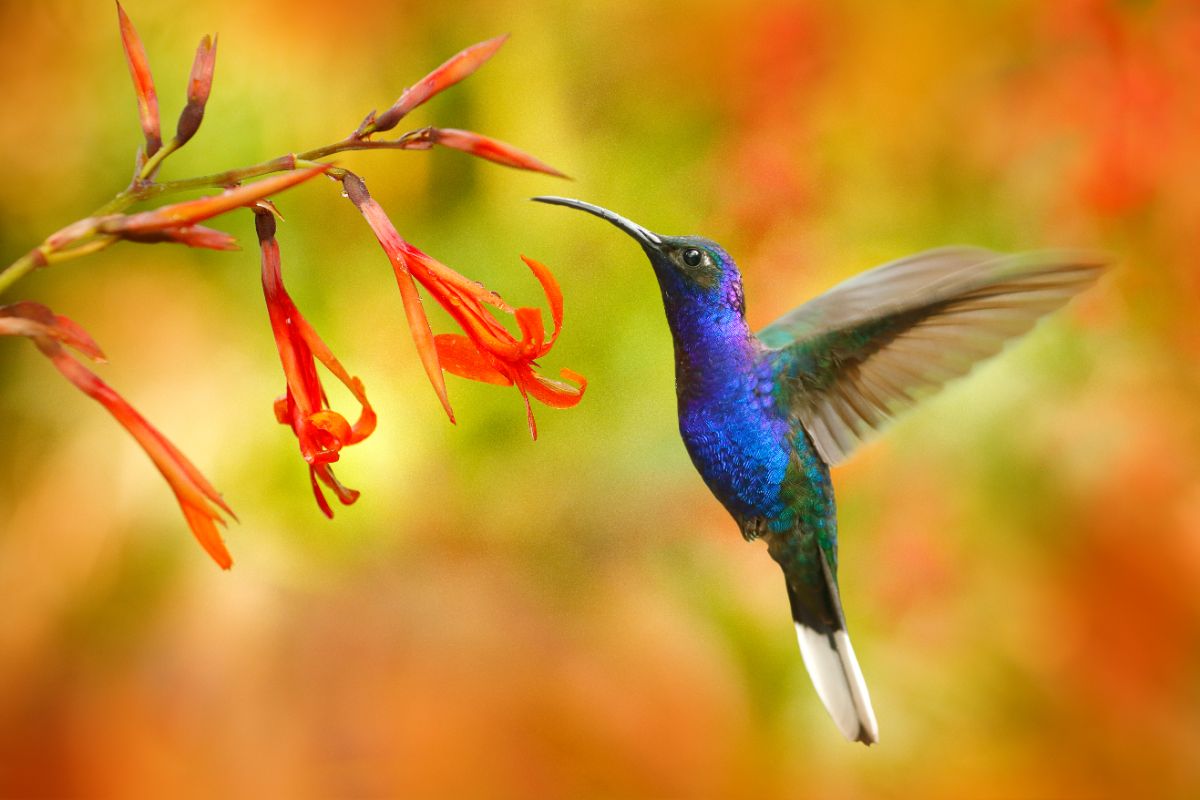
That’s right. Hummingbirds have flowers that they love exceptionally, even though they visit a lot.
We will be giving you an array of options comprising various species that would be beneficial to you as you set out to create a rich hummingbird garden.
Below are different flowers that attract hummingbirds!
Jump to:
- 20 Flowers That Attract Hummingbirds
- 1. Zinnia ‘Zinnia spp.’
- 2. Trumpet Creeper ‘Creeper Campsis radicans’
- 3. Columbine ‘Aquilegia spp.’
- 4. Butterfly Bush ‘Buddleia davidii’
- 5. Petunia ‘Petunia Group’
- 6. Lupine ‘Lupine x hybridus’
- 7. Bleeding Heart ‘Lamprocapnos’
- 8. Salvia ‘Salva spp.’
- 9. Cardinal Flower ‘Lobelia cardinalis’
- 10. Bee Balm ‘Monarda didyma’
- 11. Daylily
- 12. Pride of Madeira
- 13. Agastache
- 14. Sunflower 'Helianthus annus’
- 15. Penstemon
- 16. Red Hot Poker
- 17. Delphinium
- 18. Catmint
- 19. Torenia
- 20. Cuphea
- Conclusion
20 Flowers That Attract Hummingbirds
1. Zinnia ‘Zinnia spp.’
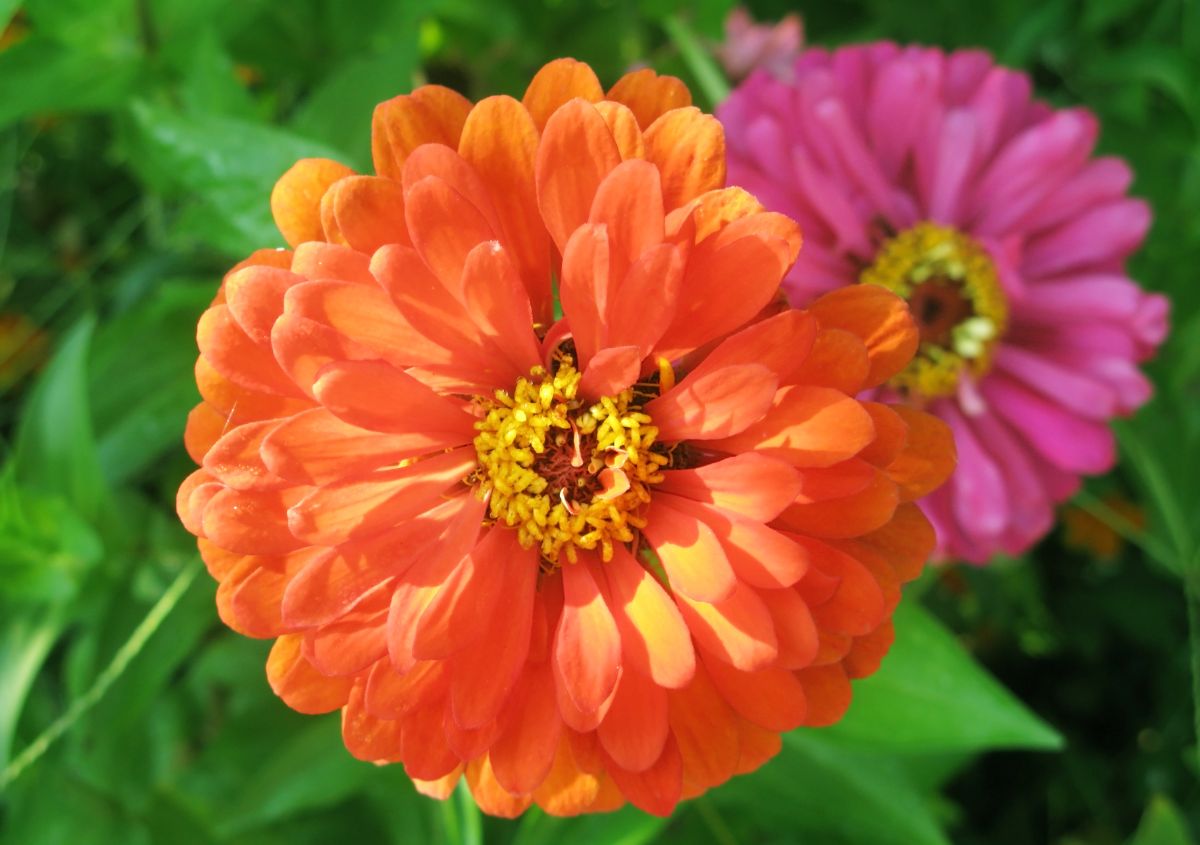
USDA Growing Zones: 2 - 11
With the brightest of colors that accompany the bloom of this plant, it is no surprise why hummingbirds are so addicted to them.
Other advantages of this annual plant are that they are one of the easiest to grow and maintain, are perfect for cut flowers, and are available in every color except for brown and blue.
Care should be taken when watering to avoid overwatering, as wet foliage could make them vulnerable to fungal diseases.
Zinnias are best planted in moist but well-drained soil, and they appreciate total sun exposure.
When hummingbirds are done feasting on their nectar, seed development would naturally begins, and the flowers would continue maturing.
2. Trumpet Creeper ‘Creeper Campsis radicans’
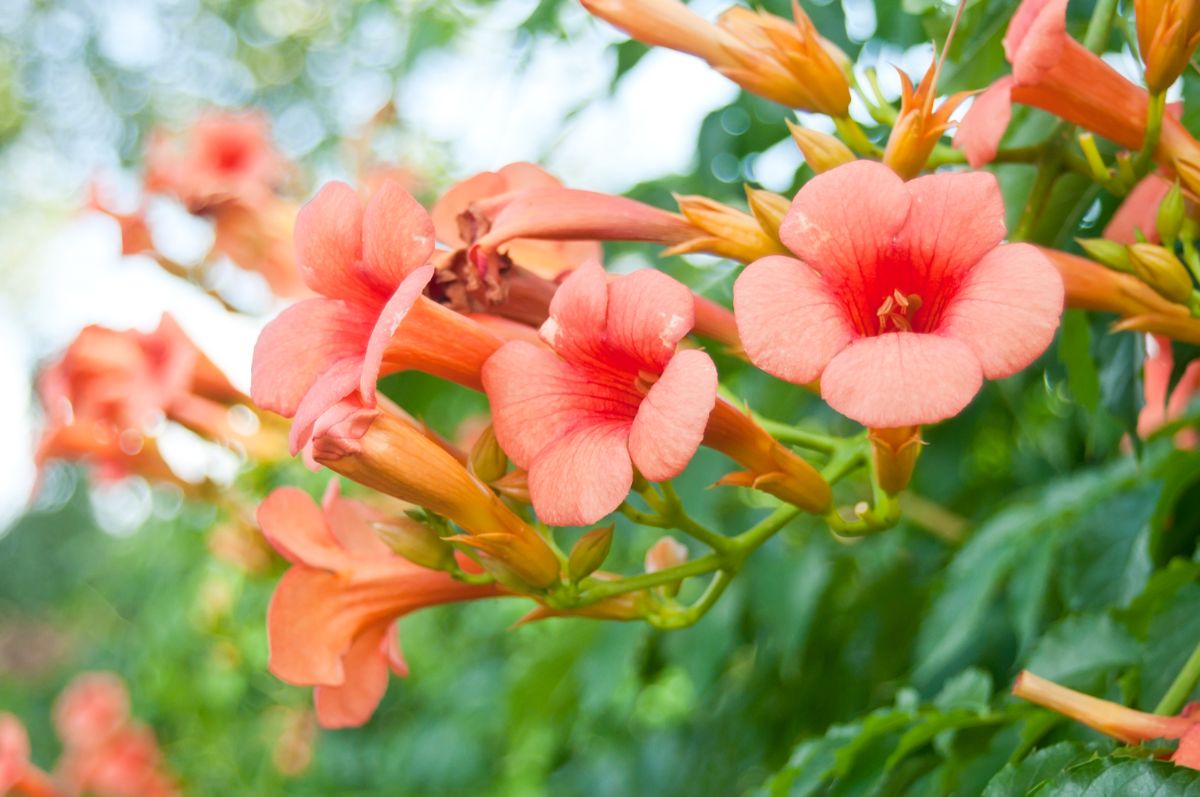
USDA Growing Zones: 4 - 10
Trumpet Creepers are the ultimate trespassers. They are capable of climbing on different surfaces like walls and trees and taking over small spaces.
Trumpet Creepers are also nicknamed the ‘hummingbird vine.’ This is because the flying creatures find its long tubular flowers to be a paradise.
Trumpet Creepers are best grown in average, well-drained soil and prefer full sun to part sun exposure. You will find them in the colors red, orange, and yellow.
Quick Tip: You can have their spread under control by pruning the plant from time to time.
3. Columbine ‘Aquilegia spp.’
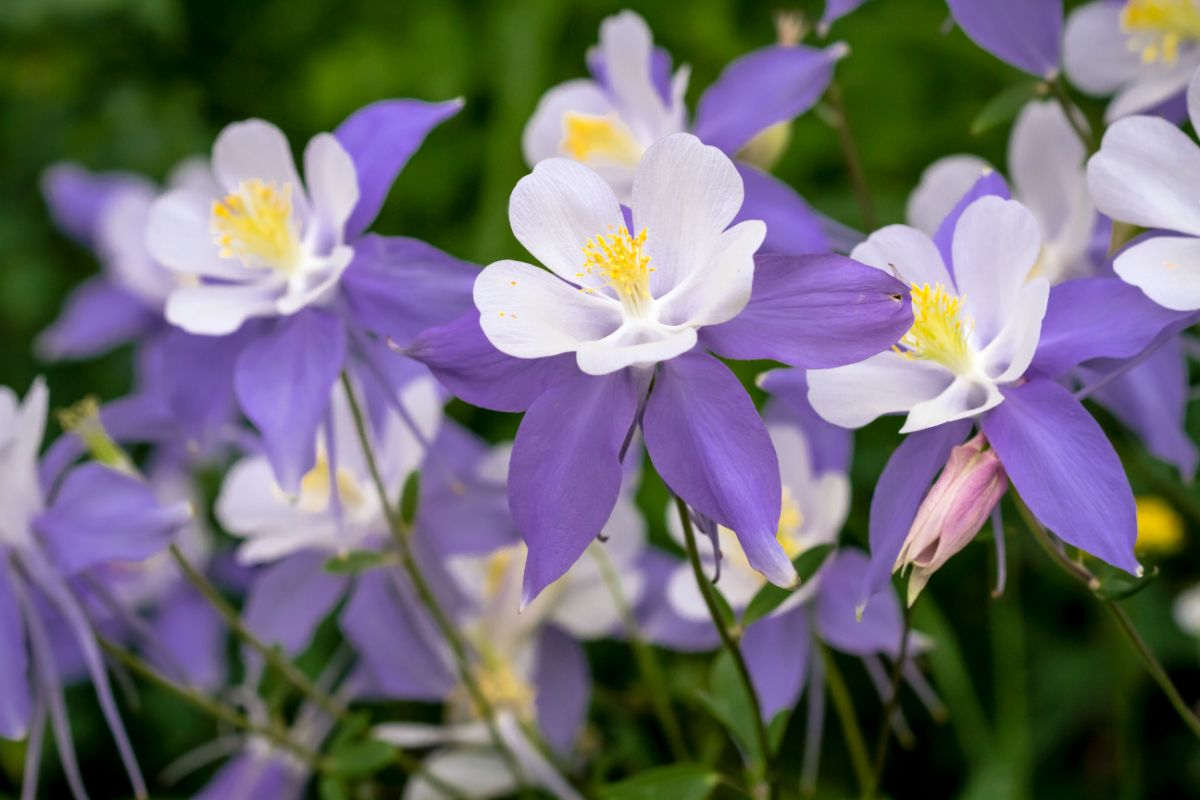
USDA Growing Zones: 3 - 8
This plant, with its beautiful colors of blue, purple, and pink, is an absolute favorite of hummingbirds.
The plants have a height range of 1-3ft and, as such, are perfect for flower beds or planting around the edges.
Many species within the Aquilegia genus are used as garden perennials. They love average, well-drained soil and appreciate full sun to part shade exposure.
Quick Tip: You can encourage the production of more flowers by taking out the flower stems after bloom.
4. Butterfly Bush ‘Buddleia davidii’
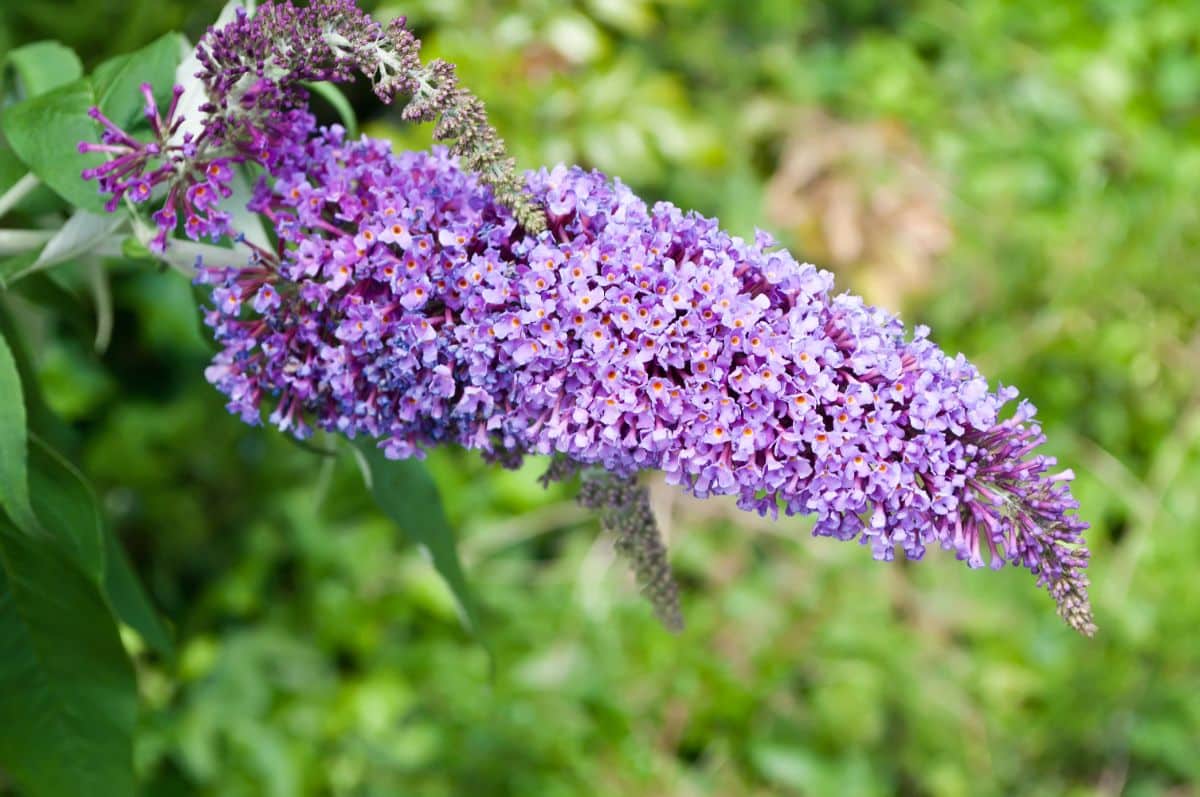
USDA Growing Zones: 5 - 10
Like the name rightly suggests, Butterfly Bush plants are not appealing to butterflies alone, but hummingbirds too.
Butterfly Bush has other desirable qualities, too; they are sturdy enough to tolerate drought, and they bloom continuously from midsummer straight into fall, showcasing long, thick, and attractive clusters of flowers that, in the long run, metamorphose into a dense, clean shrub that hummingbirds and other kinds of birds feel at home.
The plants thrive better in medium-moisture, well-drained soil and love exposure to full sun. You will find them available in pink, blue, and purple.
5. Petunia ‘Petunia Group’
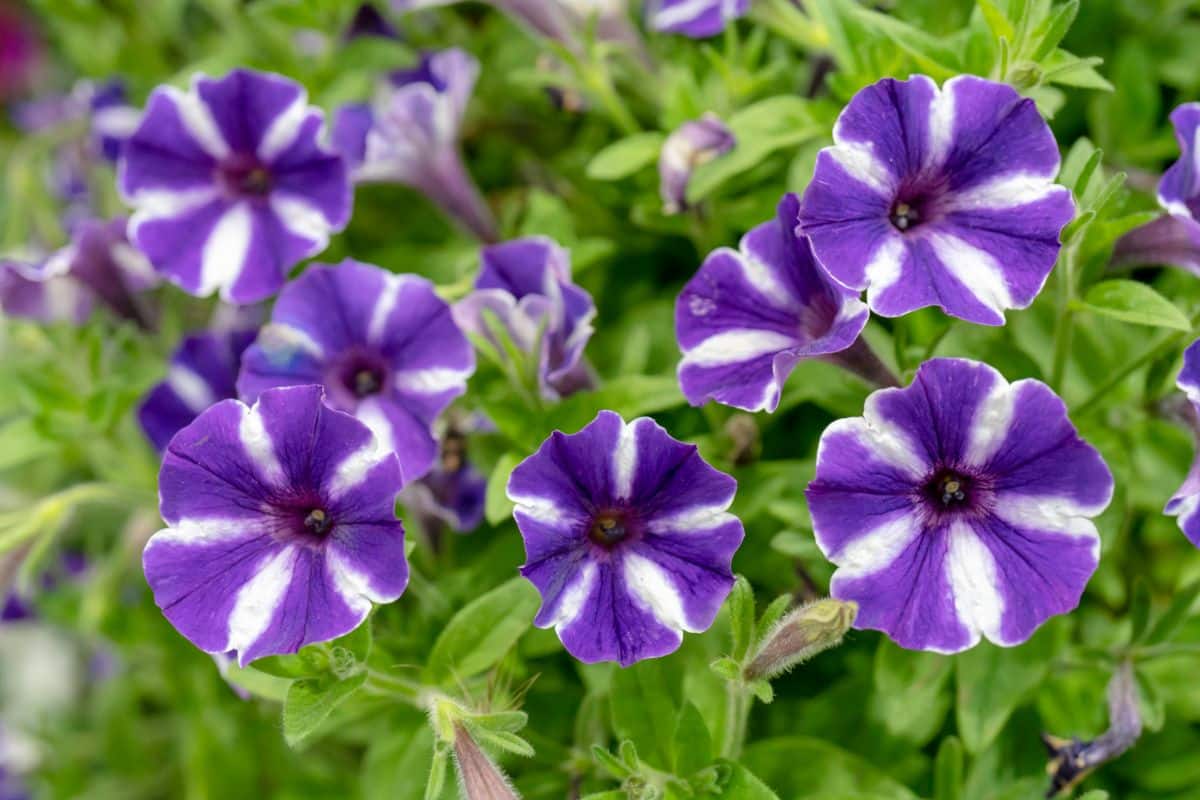
USDA Growing Zones: 10 - 11
The Petunia plant has a significant edge over other annual plants being that they are easy-care plants that are also very affordable.
Petunias are also very versatile. They make good garden plants, baskets, containers, or border plants. In the continuous bloom of this plant, they provide a significant amount of nectar, more than enough for hungry hummingbirds to have their fill.
They require medium-moisture, well-drained soil, and sun exposure to grow well. You will find them in red, white, pink, etc.
6. Lupine ‘Lupine x hybridus’
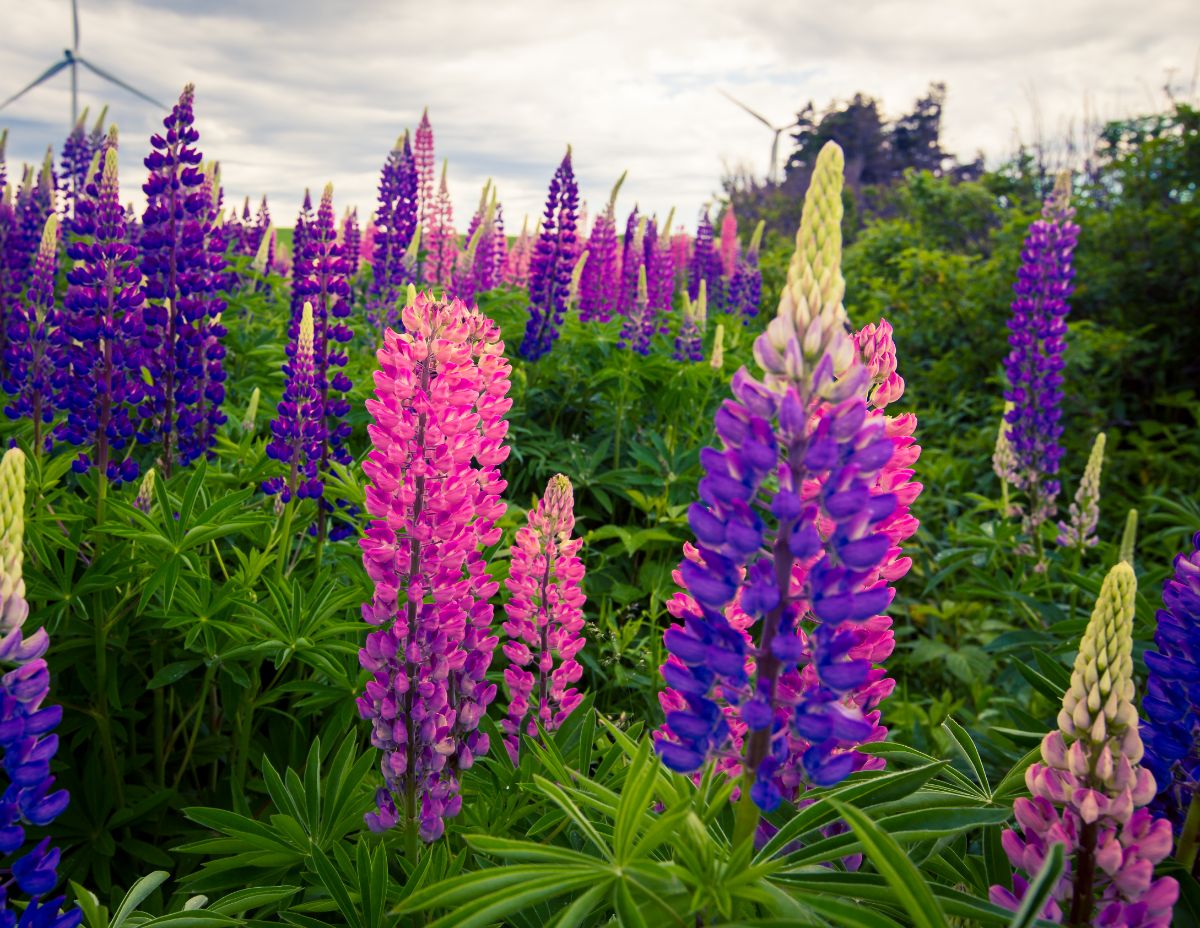
USDA Growing Zones: 4 - 8
In focus are the lupine hybrids specially developed as short-lived garden perennials.
The unique trait of this plant is that they are early bloomers. What this means is that hummingbirds take solace in them in times when insect food sources might be unavailable.
It is worth noting that wild lupines do not make excellent indoor plants, so go for the appropriate cultivars.
Lupines require evenly moist, slightly acidic, well-drained soil and total sun exposure to grow well. They are available in different colors like blue, pink, purple, and so on.
Lupines have a height range of 3 - 4ft. However, depending on your preference, you can go for the dwarf variants that grow less than 2ft.
7. Bleeding Heart ‘Lamprocapnos’
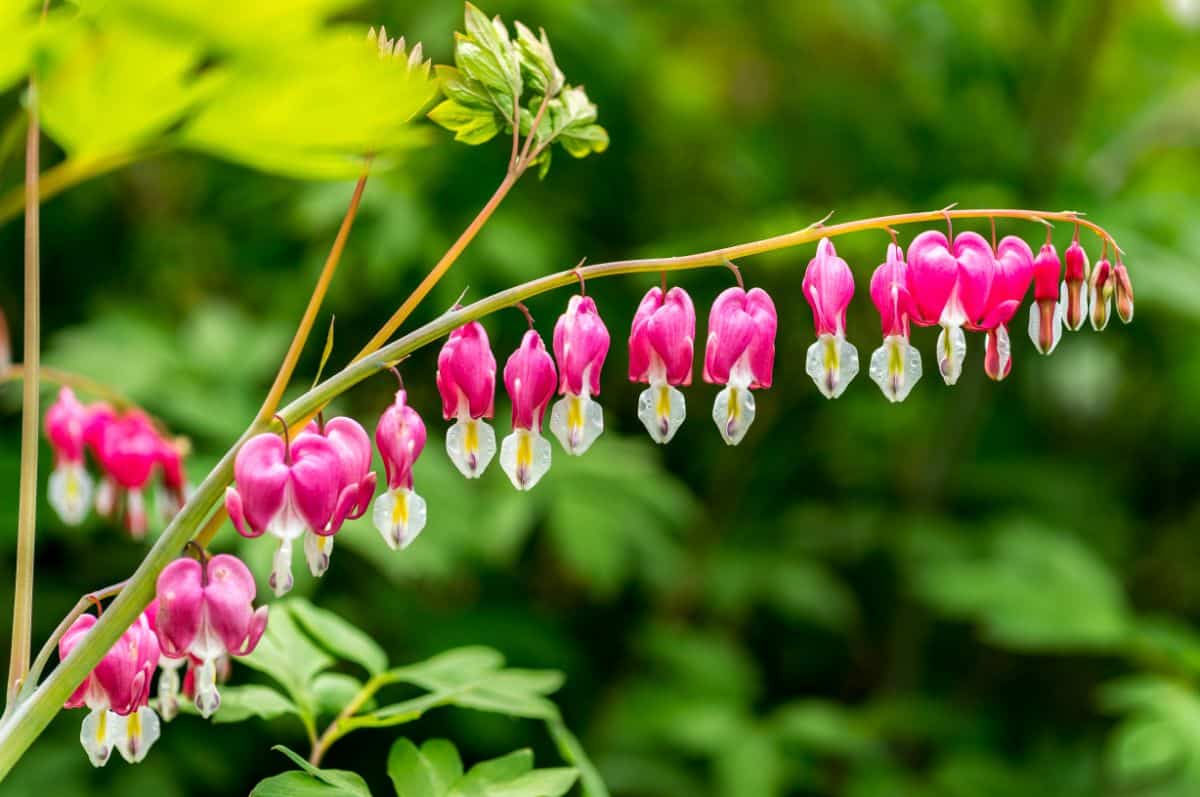
USDA Growing Zones: 2 - 9
With foliage as beautiful as the bleeding hearts, one must not wonder how they effortlessly attract hummingbirds.
This eye-catching perennial plant has a height range of about 25 - 36 inches and can be easily divided and transplanted as they grow.
Bleeding Hearts thrive better in cool climates and spots pink or white heart-shaped flowers when they bloom.
Plant in nutrient-dense, moist and well-drained soil and allow to enjoy part shade to total shade exposure.
8. Salvia ‘Salva spp.’
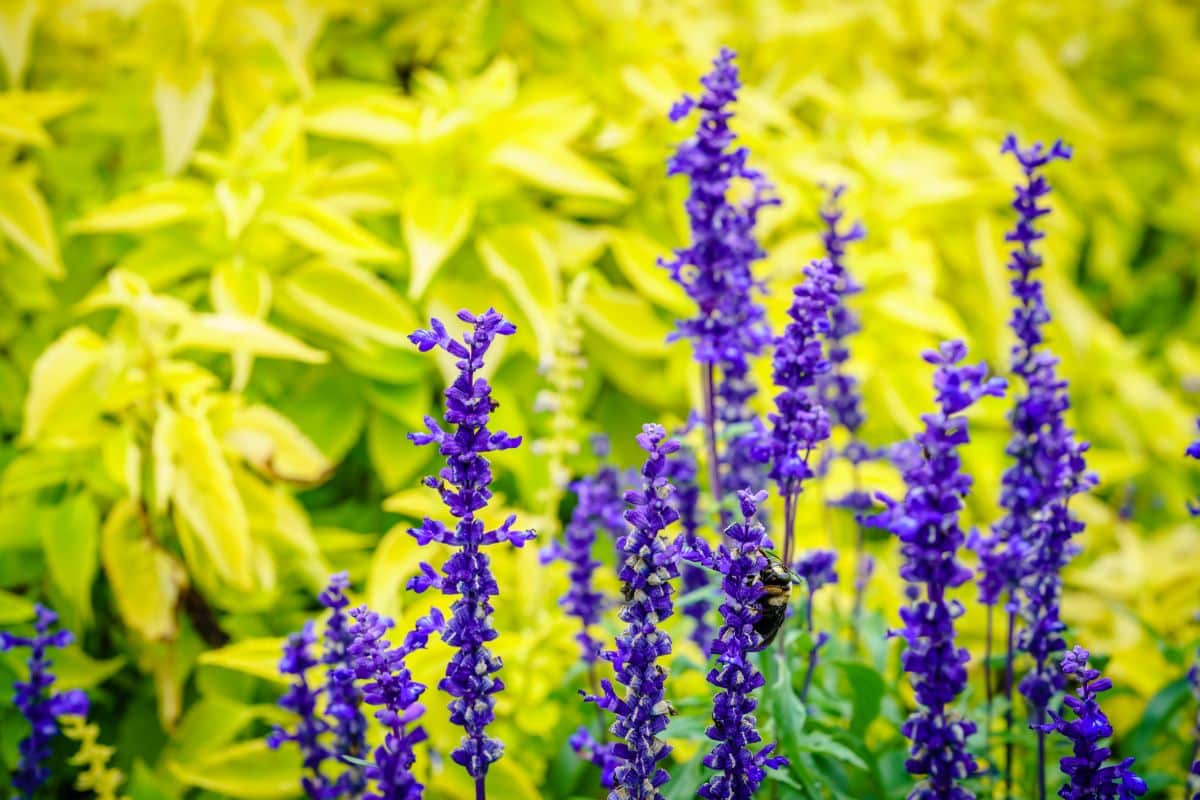
USDA Growing Zones: 4 -11
The Salvia genus from the Mint family is one huge one that boasts of both annual and perennial plants.
When looking for those commonly referred to as garden perennials, go for the cultivars of ‘Salvia greggii’ or ‘Salvia nemarosa.’
Under the right conditions, they will bloom continuously, attracting hummingbirds and other pollinators.
Grow in dry/medium-moisture, well-drained soil under total sun exposure. Salvias have a height range of 18-36 inches. They are available in colors pink, purple, blue, and mauve.
9. Cardinal Flower ‘Lobelia cardinalis’
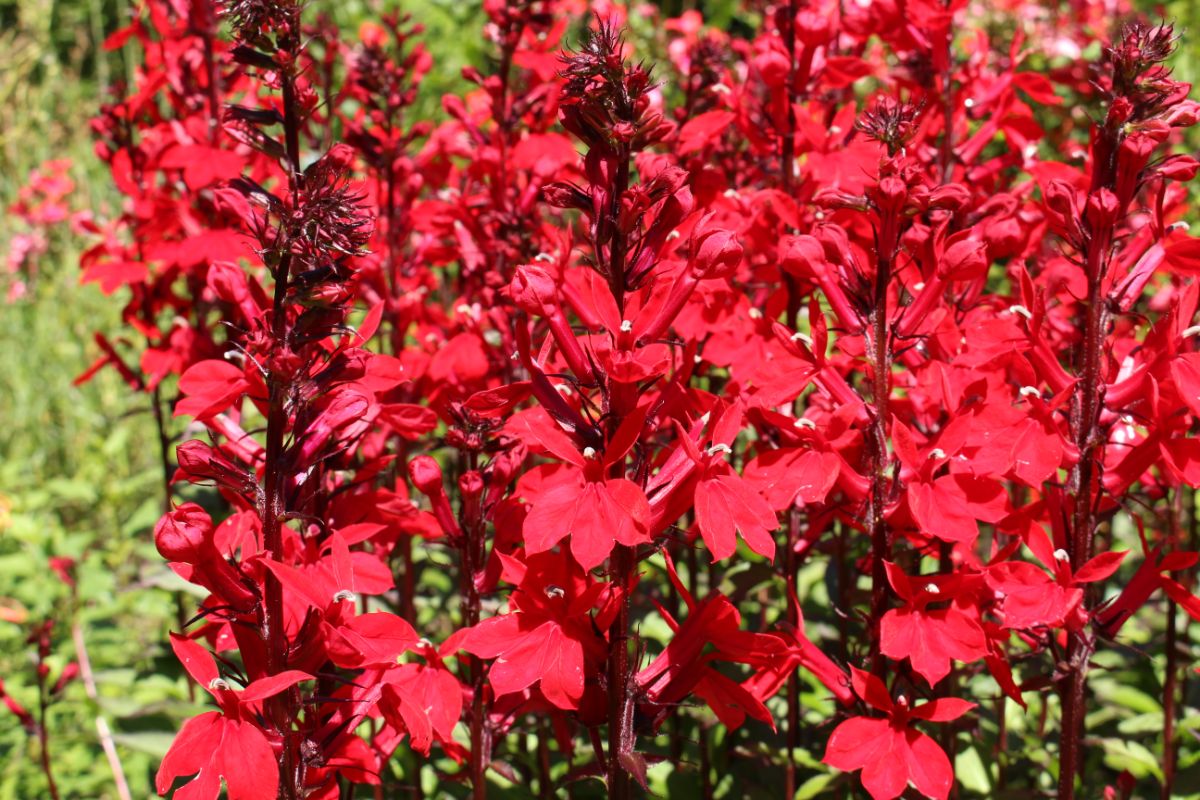
USDA Growing Zones: 3-9
Lobelia flowers have rich red blooms that hummingbirds find irresistible. They belong to the lobelia genus of flowering plants and are mainly classified as short-lived perennials that effectively serve as a reliable food source for hummingbirds while it lasts.
For best results, grow in rich, medium-moisture/wet soil and allow to enjoy full sun to part shade exposure.
This plant is available in colors like white, red, and rose.
10. Bee Balm ‘Monarda didyma’
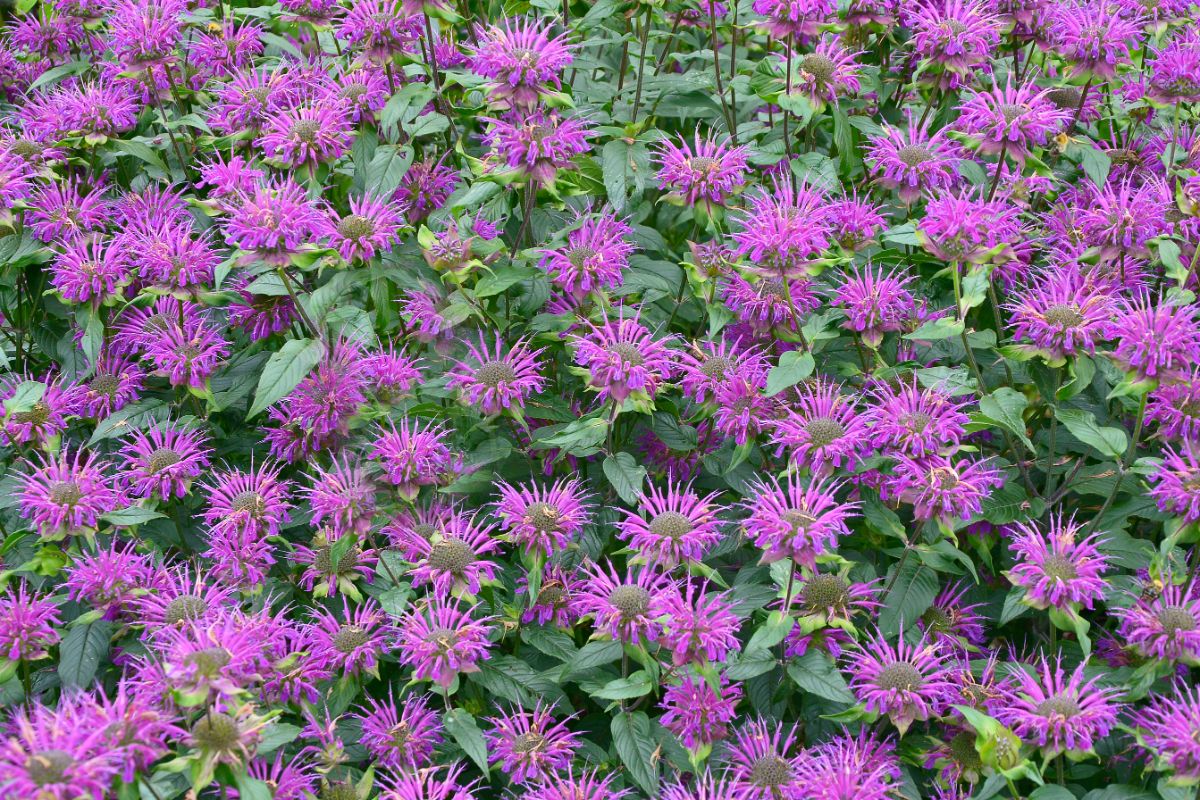
USDA Growing Zones: 4 -9
The bee Balm has a unique shape with full spikes that appeal to not just humans but hummingbirds and other pollinating agents as well.
Bee balms can grow as tall as 2-4ft. They love rich, medium-moisture/wet soil and full sun to part shade exposure.
You will find them available in colors like red and other cultivars in orange and purple.
Quick Tip: dividing the plant would be necessary after a few years, and deadheading the flowers after bloom will see that the plant does not self-seed uncontrollably.
11. Daylily
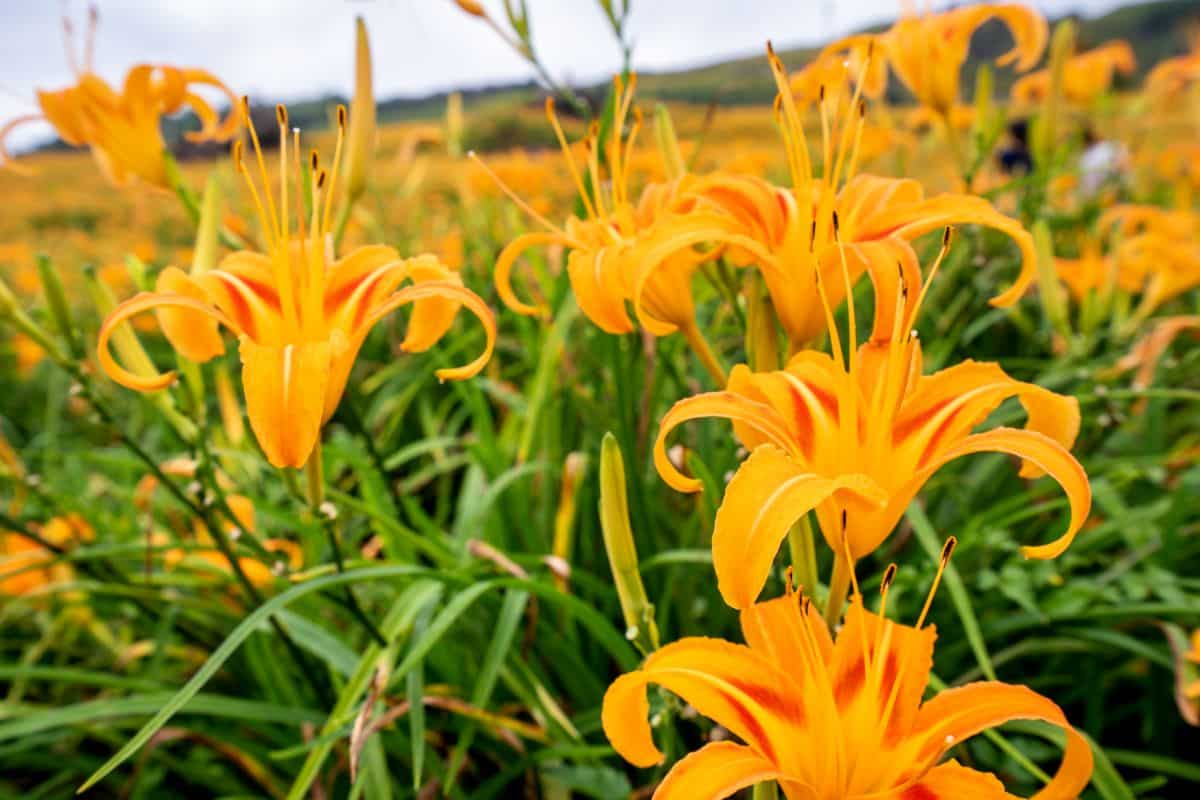
USDA Growing Zones: 4-9
Daylilies have very bright flowers, which stand as the attracting force for hummingbirds and other pollinators.
They are best grown during summer and bloom vigorously when exposed to full sun.
12. Pride of Madeira
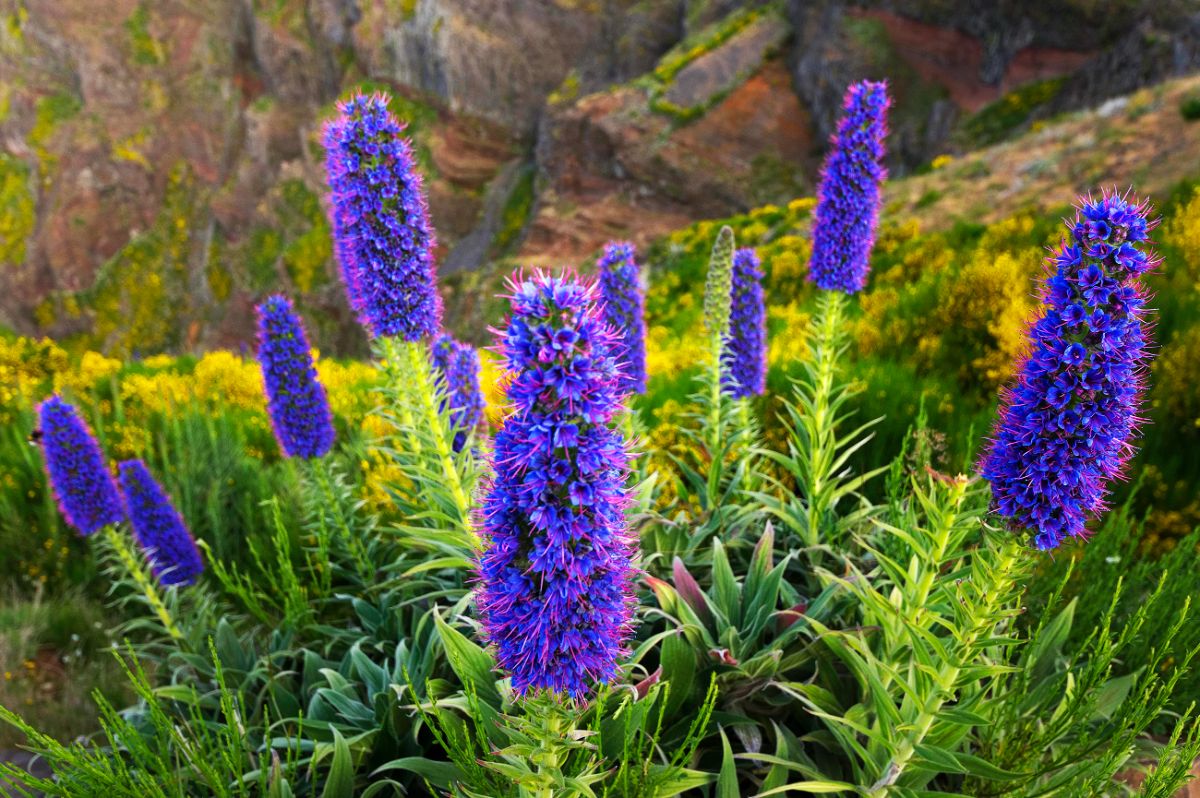
USDA Growing Zones: 9-11
This is one pretty plant that hummingbirds can't seem to get enough of.
POM has an impressive height of about six feet and can spread ten feet wide.
Other key advantages of this evergreen plant are that they are fast growers and drought tolerant.
13. Agastache
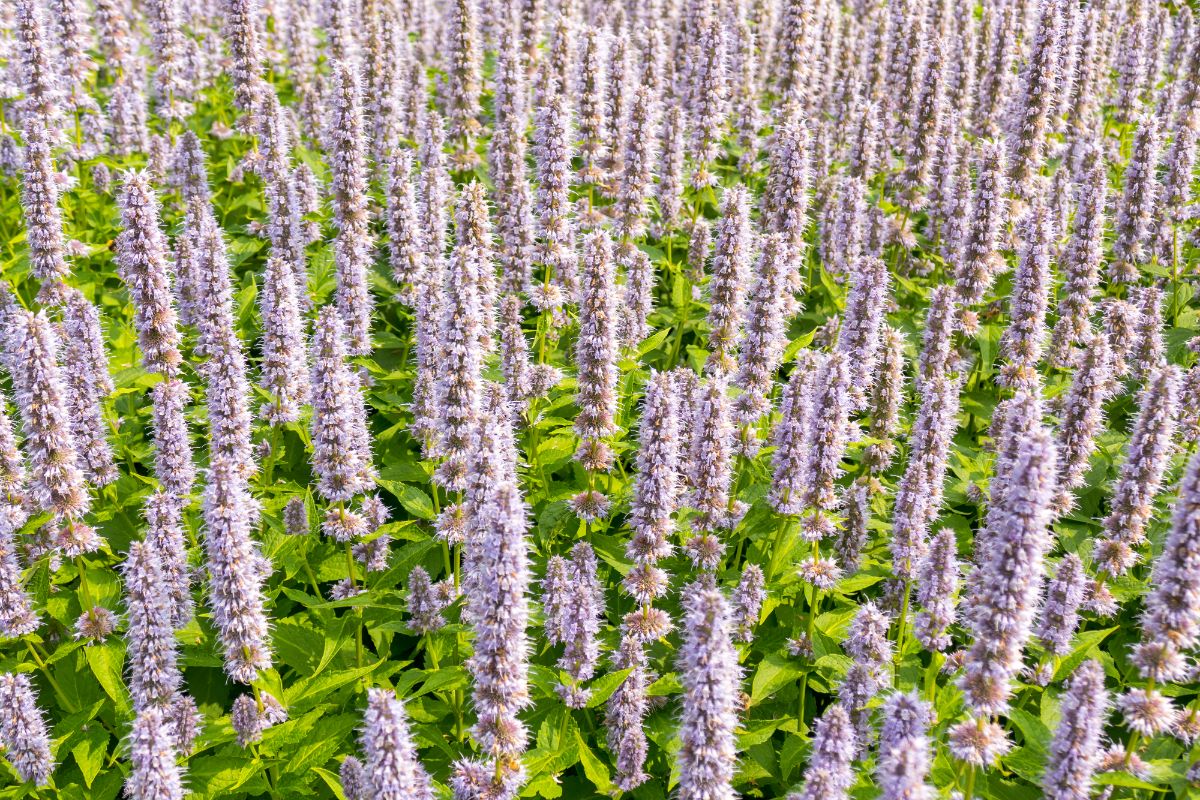
USDA Growing Zones: 4-10
Agastaches are nicknamed the 'hummingbird mint,' and we are sure you can guess why.
The Agastache is a thinly shaped plant that requires well-drained soil and sun exposure to grow well.
They would naturally thrive better in dry areas.
14. Sunflower 'Helianthus annus’
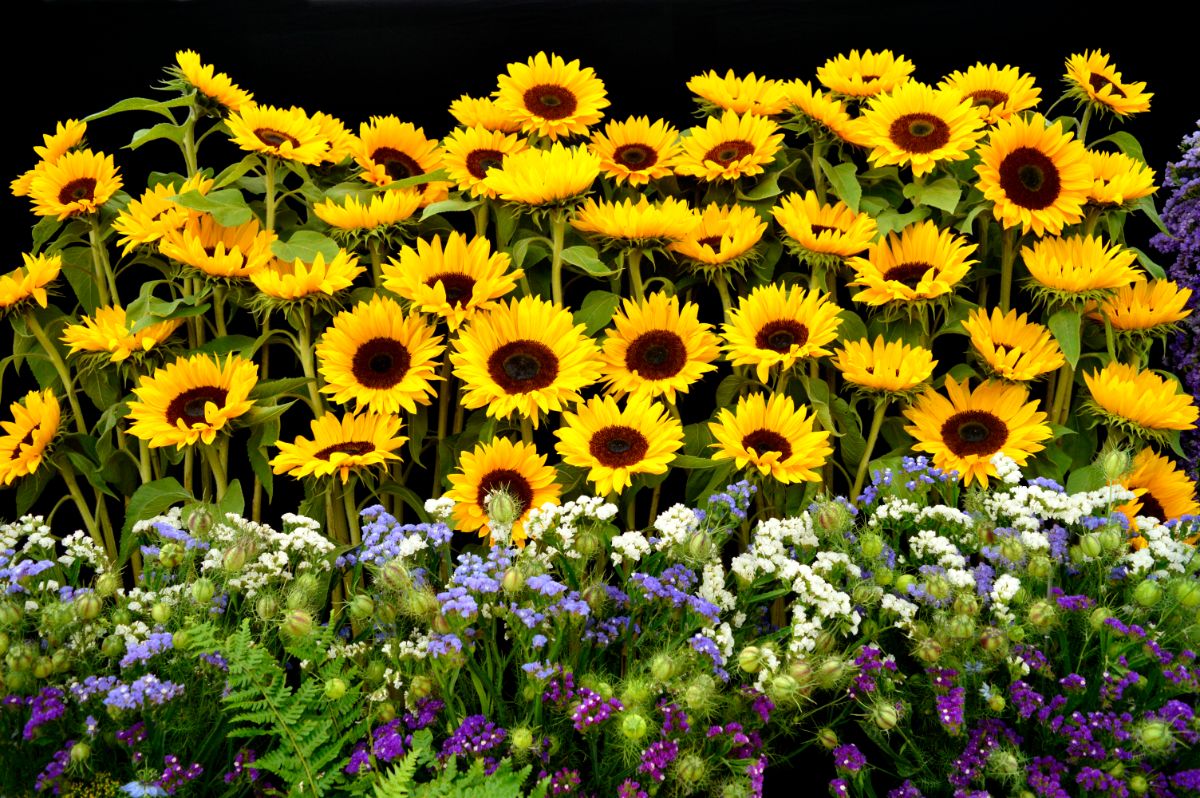
USDA Growing Zones: 2-11
Due to their impressive height and bright colors, hummingbirds find this plant very visible.
What keeps them coming also is the easily penetrable florets that make access to its nectar easy for the birds.
15. Penstemon
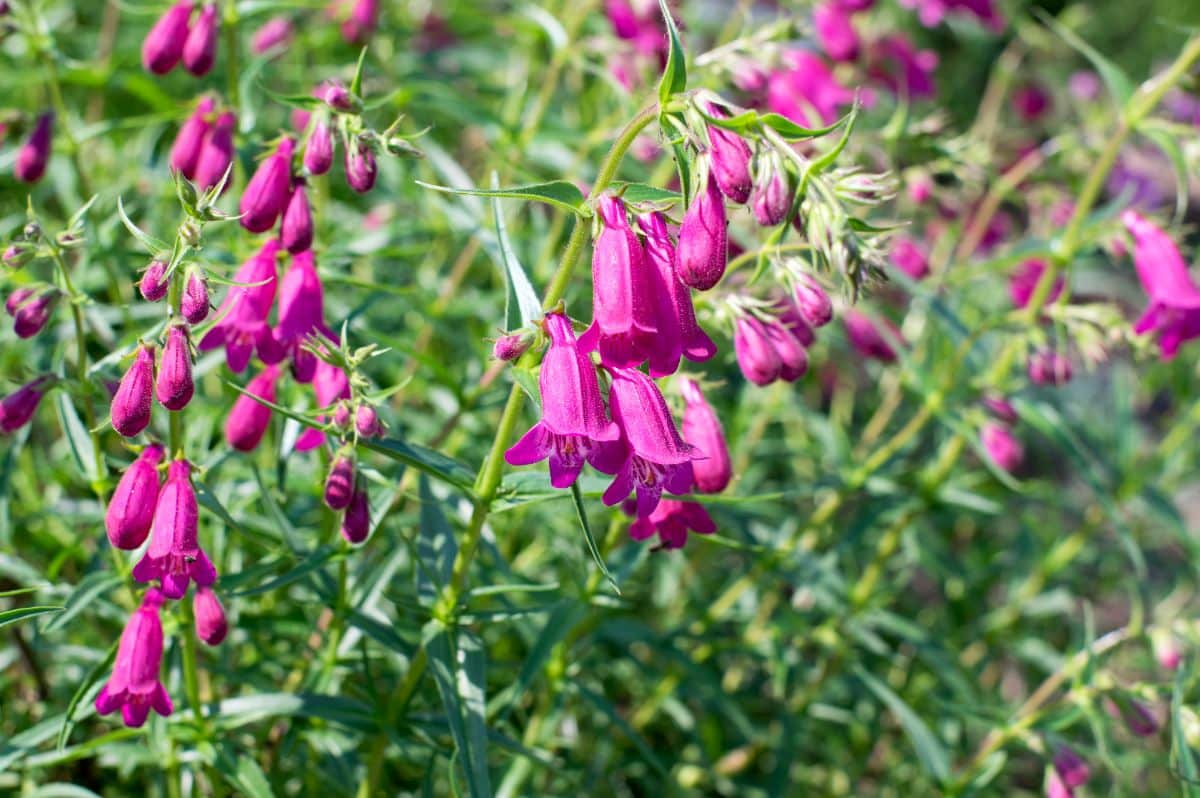
USDA Growing Zones: 4-9
Hummingbirds are naturally attracted to colorful and beautiful plants, which the penstemon rightly falls into.
Penstemon plants require well-drained soil and total sun exposure to grow well.
16. Red Hot Poker
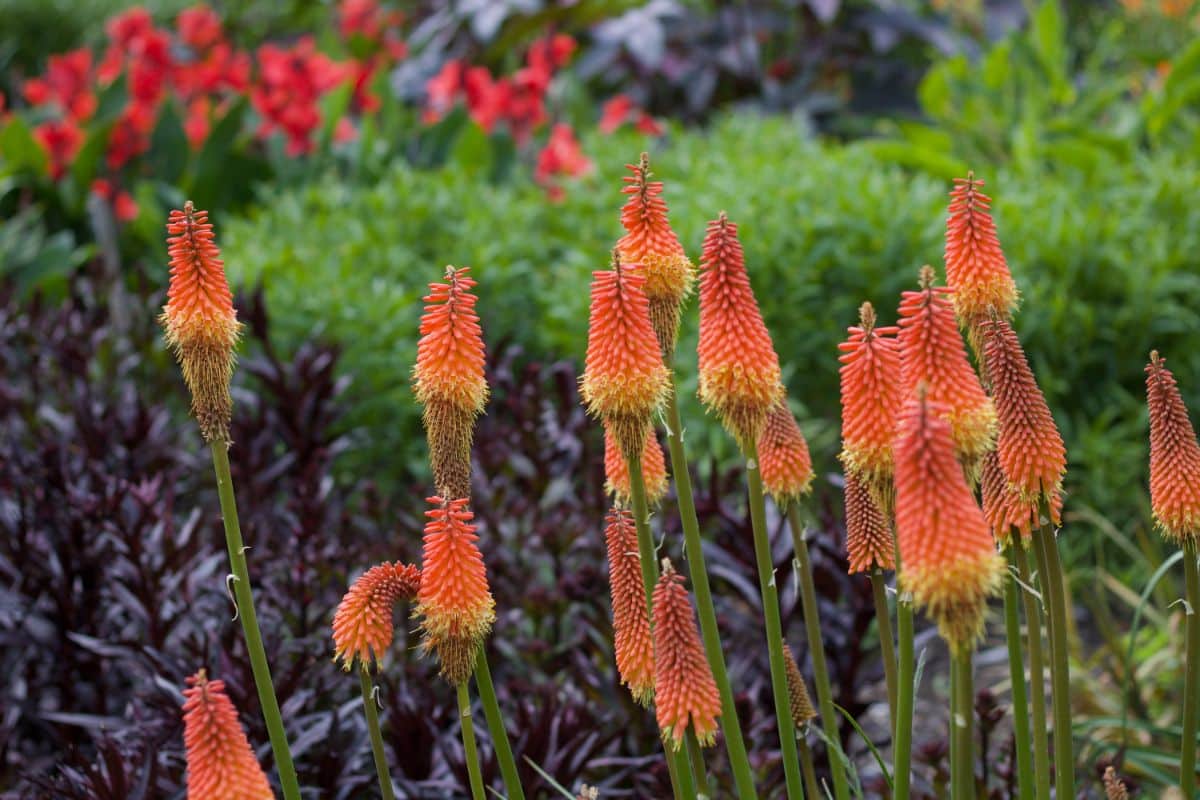
USDA Growing Zones: 6-9
An absolute favorite of hummingbirds. Red Hot Pokers are a worthy addition to your gardens.
The infusion of their fiercely bright colors makes your gardens glow and stand out.
For best results, grow in a moist with a slightly acidic/neutral pH and leave to enjoy total sun exposure.
17. Delphinium
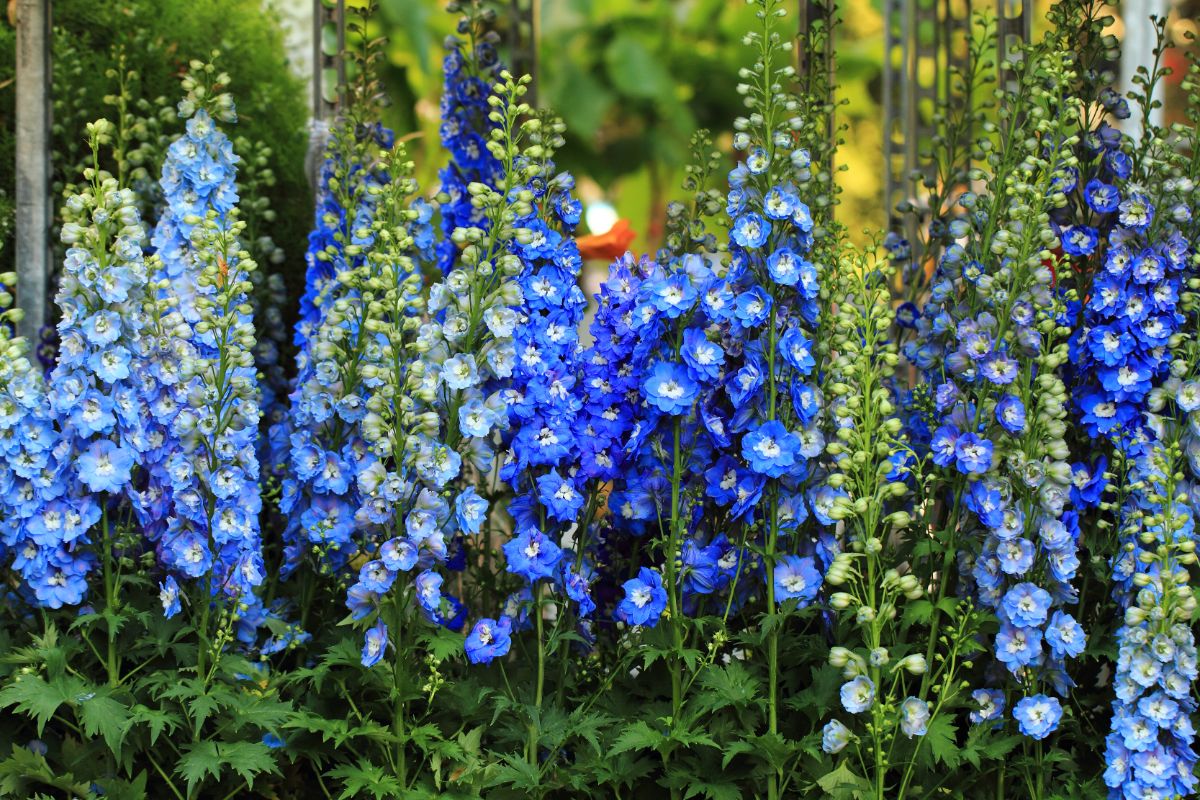
USDA Growing Zones: 3-7
Planting Delphiniums is an indirect invitation to hummingbirds. They love being grown in moist soil under full sun to partial shade.
Delphiniums would struggle to survive in very hot regions with high humidity.
18. Catmint
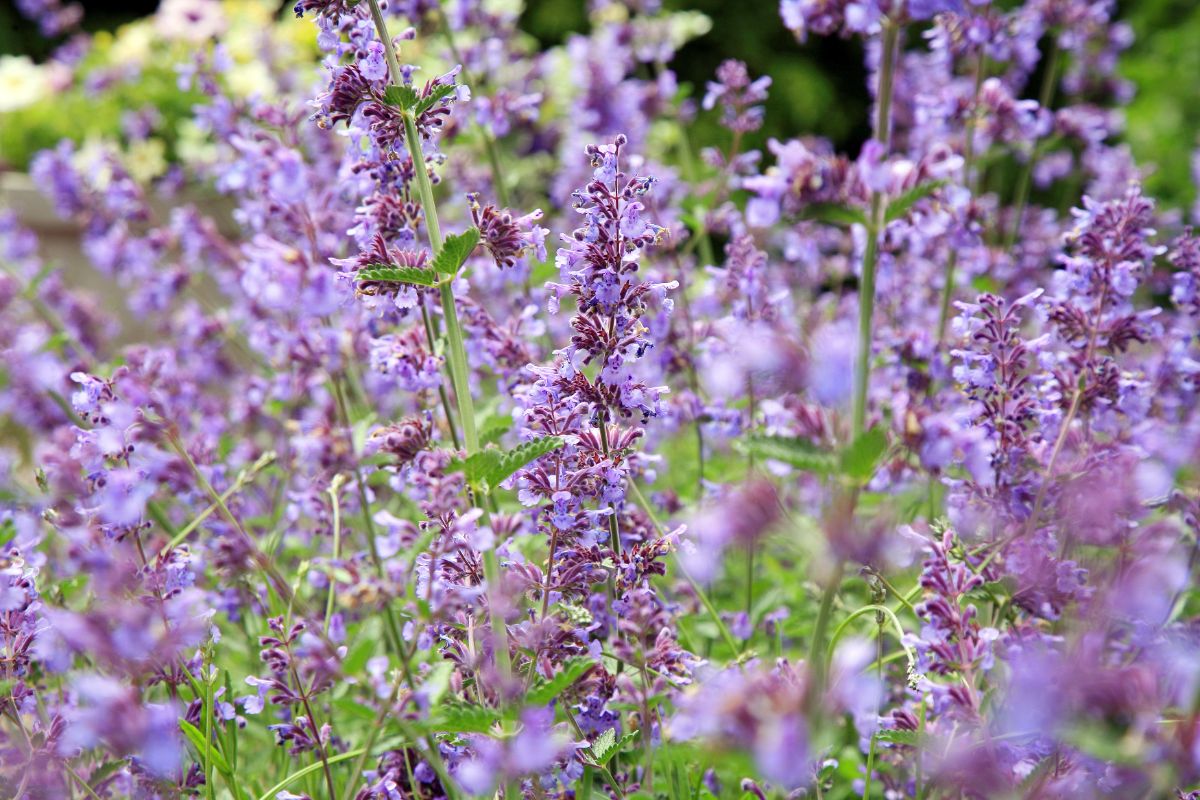
USDA Growing Zones: 4-9
Catmints spot lush foliage with bright blue-purple flower spikes when they flower from early summer to midsummer.
They are sun-loving, tough perennial plants that give off a sweet spicy-minty scent.
19. Torenia
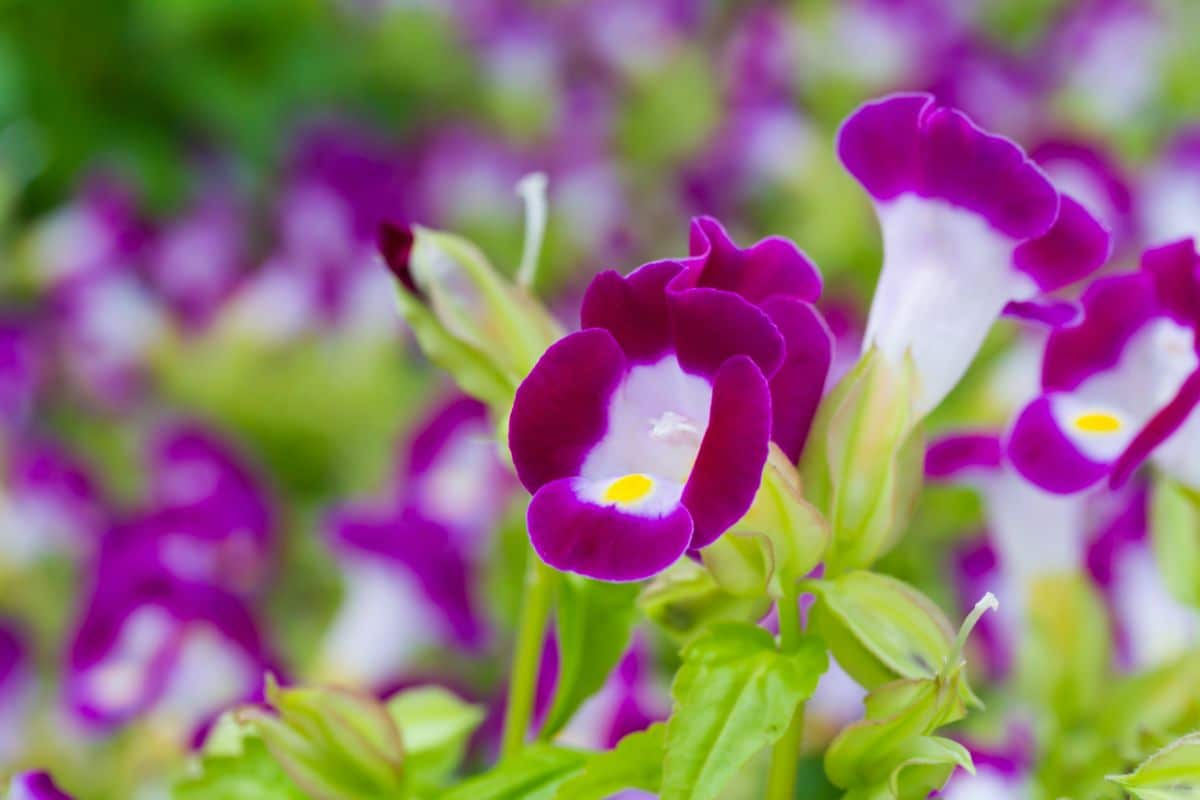
USDA Growing Zones:10-11
Torenias share a striking resemblance to snapdragons.
The plant, nicknamed 'wishbone,' flowers for a long time from spring all through to fall, producing, in this period, sufficient nectar for hummingbirds to feast on.
These great-looking annual plants are available in beautiful combinations of pink and purple and pink and white.
For best results, have them exposed to part sun conditions.
20. Cuphea
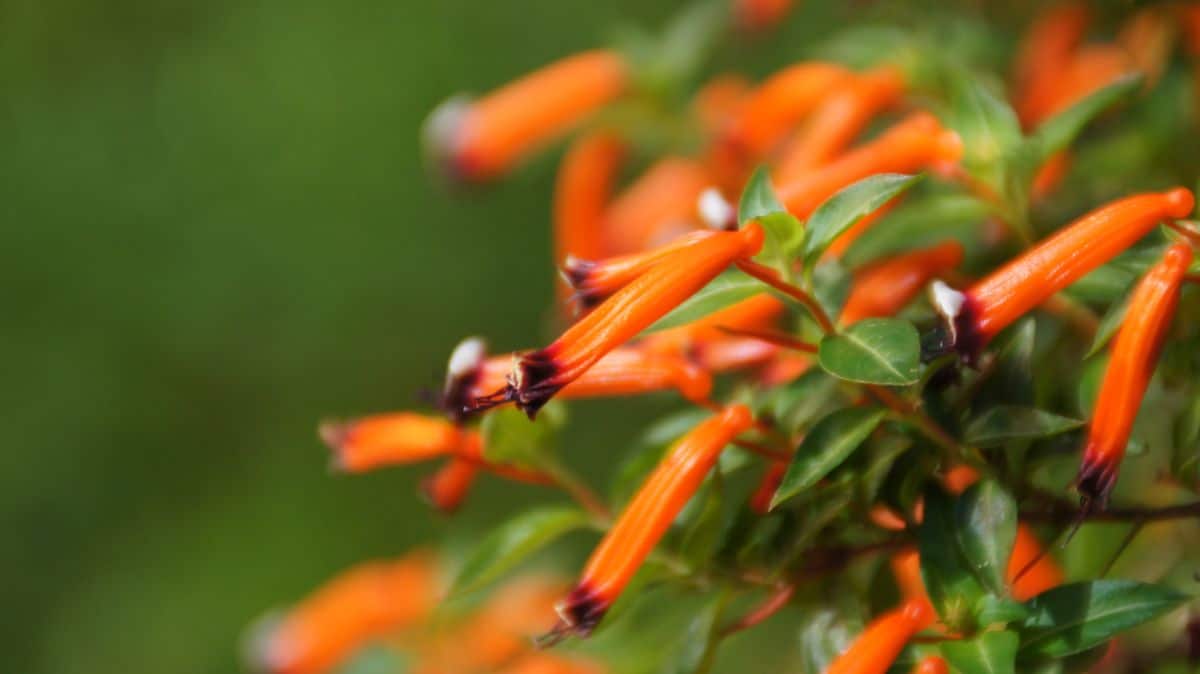
USDA Growing Zones: 9-11
You might know them by the nickname; 'firecracker.'
Cupheas are hardy annual plants with tubular-shaped, bright red or orange leaves that hummingbirds cannot get enough of.
They are sun-loving plants but would need to be watered during the sweltering summer days.
Cupheas are low-maintenance plants; they can also be planted in containers.
Conclusion
Planting flowers that attract hummingbirds is a step in the right direction, as hummingbirds perform the function of carrying pollen from plant to plant and giving your landscapes a dash of color.
The critical point to note if you want these charming winged beauties to keep frequenting your gardens is to reduce the pesticide application rate, as it kills insects that serve as significant food sources for hummingbirds.
With our list of the best flowers that attract hummingbirds, you will have no trouble setting up your own hummingbird garden.




